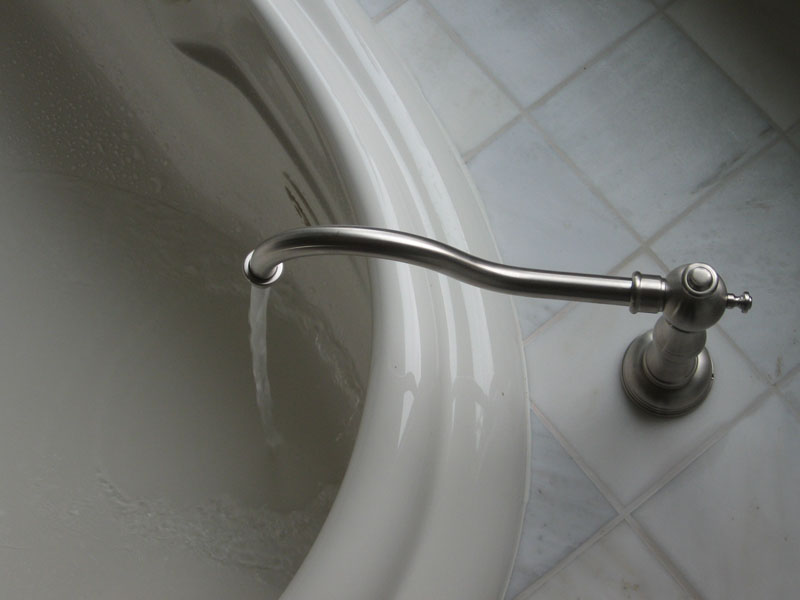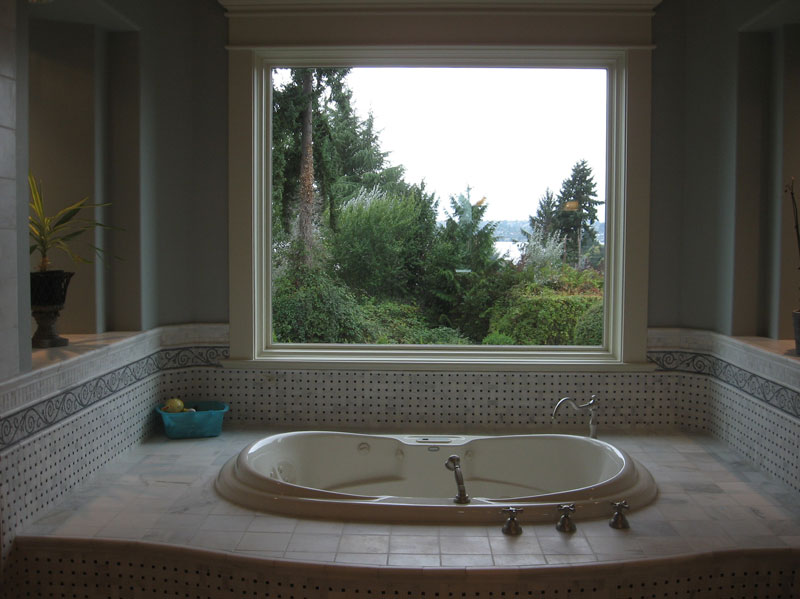jw123
New Member
- Messages
- 2
- Reaction score
- 0
- Points
- 0
I just installed a kohler acrylic tub that suggested two alternate methods of support. You can either use a mortar bed or put construction adhesive under the "feet" (2x4's on end). For the life of me I can't see where these two methods are comparable, but this is manufacturer's instructions. They also don't recommend any additional framing, i.e. a sill support, although they do suggest screwing through the tub flange into the studs. I can't see any flex when I stand in the tub and the weight of water doesn't concern me since it's evenly distributed over the bottom of the tub, but a point load like a heavy person could cause a problem. That said, it seems to be a strong design with interior armrests and contour that make it more rigid, so maybe this explains their confidence level.


Last edited by a moderator:

